It was the night of 21 November 2013 with public protests on Independence Square (Maidan) in Kyiv (Kiev) that began the revolution that for this generation has shaped Ukraine. Within days the number of protesters swelled to over 50,000 and by January would average over 200,000 amid snow, ice, cold winds and sub-zero temperatures.
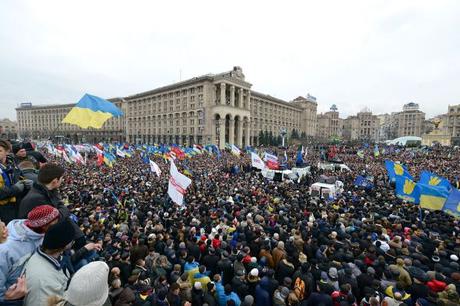
Protesters demanded closer ties to Europe after President Yanukovych changed his position and secretly signed a deal to forge closer ties to Russia. The protest quickly took on the name "EuroMaidan" (Євромайдан) meaning "Eurosquare" and pronounced as Euro-My-Dahn.
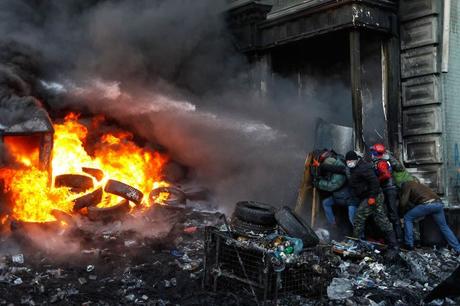
The government ordered riot troops to disperse the crowds and soon the mood became violent...and deadly. The killing escalated when elite sniper troops, rumoured to be from Russia but likely from Ukraine's interior ministry, killed 21 protesters in a single day on 20 January.
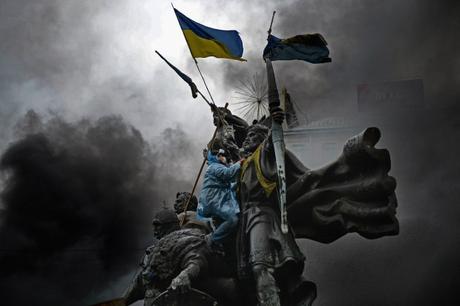
Citizens watched as their brothers and neighbors were arrested and in many cases beaten while in custody of government forces.
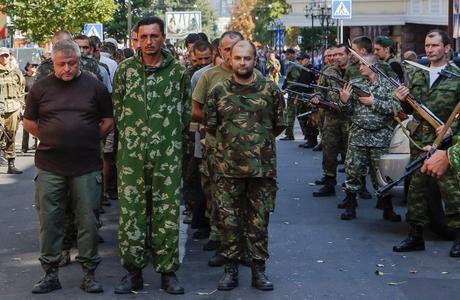
By February (2014) Yanukovych and many of his cabinet had fled the country seeking refuge in Russia. Led by defectors from his own Party of Regions, the Ukrainian parliament, called the "Rada," then impeached Yanukovych and removed him from office.
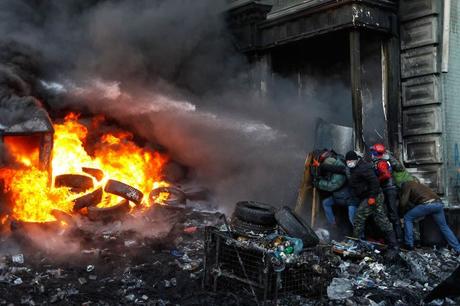
One of the first actions by the new government was to release from prison Yulia Tymoshenko, the former Prime Minister who was a political prisoner of the Yanukovych goverment.

The 130 protesters who perished in dark days are now commonly called the " heavenly hundred."
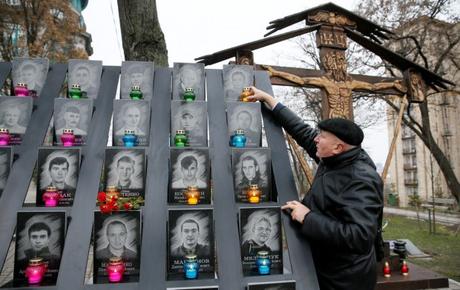
Today we honour those who stood tall for their freedom and rights, and especially those among the " heavenly hundred " who sacrificed their lives for the sake of others.
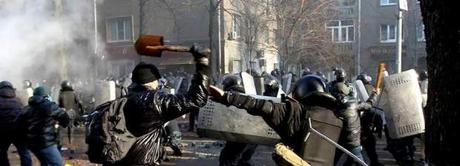
In spite of having to go into battle with bats, bricks and shovels against armed troops, they were willing to pray the price for the future of their families and countrymen.
